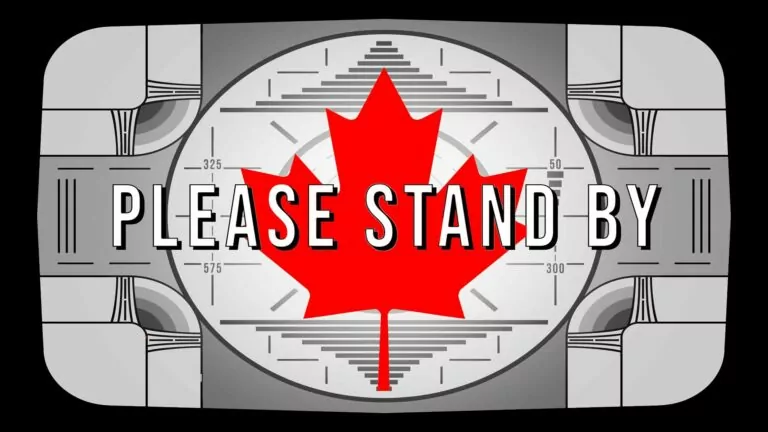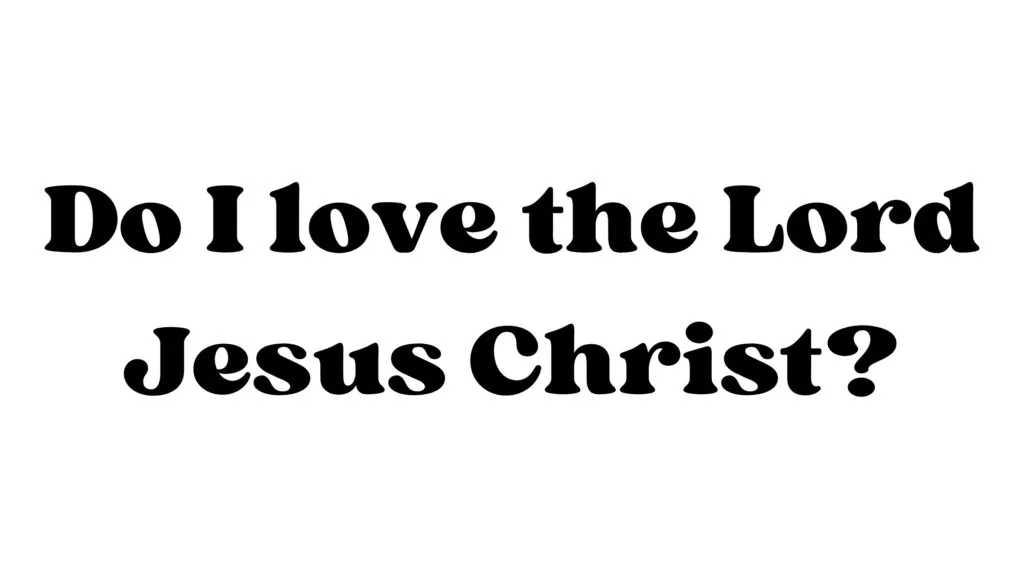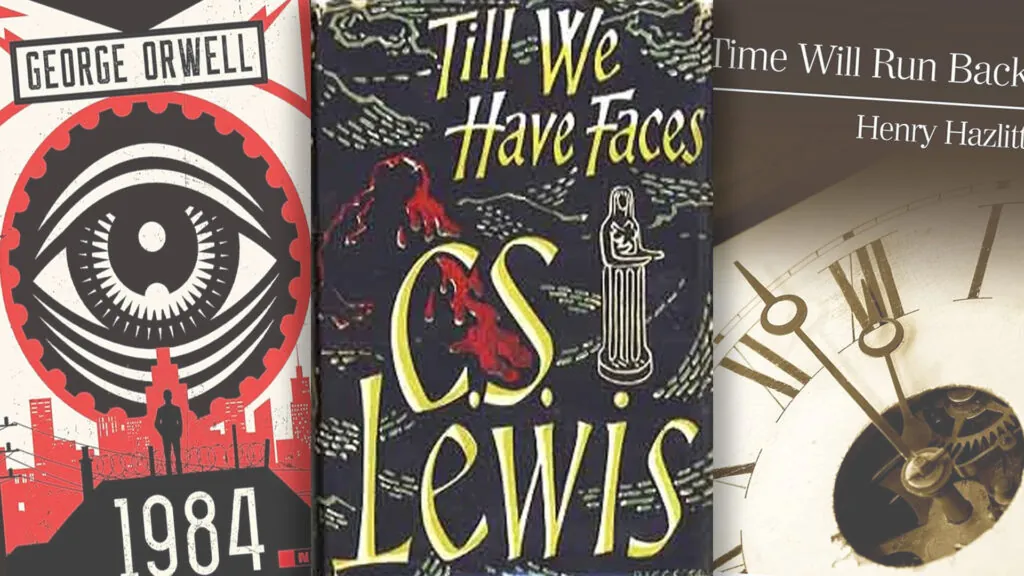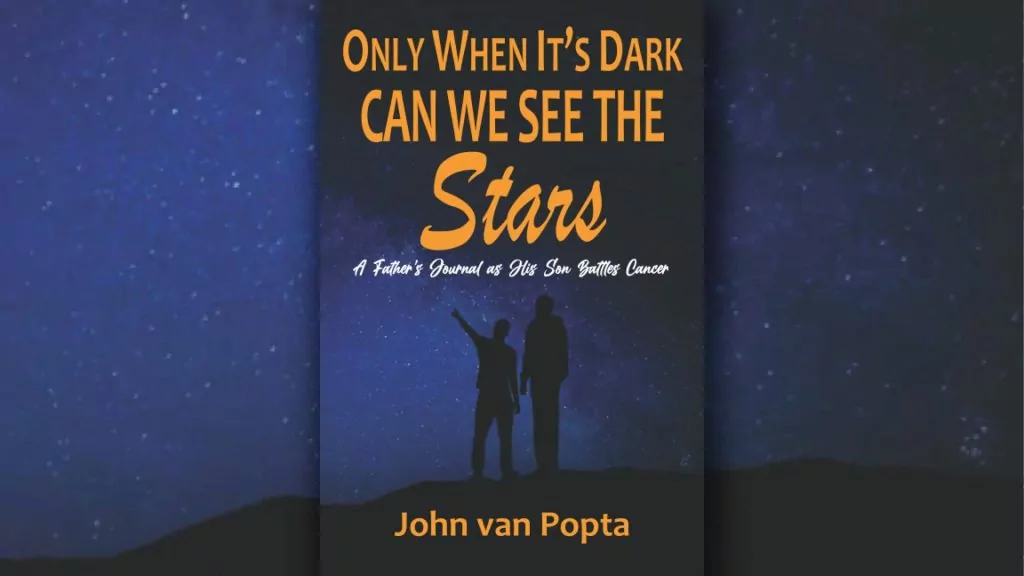How Christian activism successfully changes governmental policy
*****
The presence of Christian radio and television stations in Canada is a relatively recent phenomenon. The first Christian radio station went on the air in 1993 and the first Christian TV station began broadcasting in 1996.
Radio and television had been around for decades, so why were the Christian stations so late in coming? The short answer is government policy. The federal government regulatory body with jurisdiction in this area would not allow specifically Christian radio and TV stations in Canada until the mid-1990s. Importantly, the change in policy that did occur at that time was the result of Christian activism.
1920s – Anti-JW feelings used to ban religious stations in general
Religious organizations in Canada began using radio by the late 1920s. In 1928 the federal government started receiving complaints about broadcasts on stations owned by the Jehovah’s Witnesses. The broadcasts were said to be unpatriotic and abusive of various churches. A Royal Commission on Broadcasting was then appointed, in part due to the controversy over JW broadcasts.
In 1929 the Royal Commission recommended that broadcasting in Canada should serve the national interest by fostering a sense of national unity and Canadian identity. Religious broadcasts should not be used to foment religious controversy or attack the leaders and doctrines of particular religions.
A policy then evolved whereby religious organizations were no longer granted licenses for radio stations since it was believed they would serve only sectarian interests rather than the community as a whole. Religious organizations could purchase time on secular stations, but could not have stations of their own.
1950s & 60s – Birth of the CRTC
However, there were some restrictions even on the organizations that purchased airtime on other stations. Ernest Manning, for example, experienced problems with the Canadian Broadcasting Corporation (CBC), which was not only the national broadcaster, but also the federal regulatory body over broadcasting throughout the 1950s and into the 1960s. Manning was the Premier of Alberta, but he was also a radio evangelist. By the 1950s he had extended his radio program, Back to the Bible Hour, out of Alberta and right across the country. The CBC did not like Manning appealing for funds on his radio program, and it pressured certain radio stations to delete Manning’s financial appeals.
In 1968 a new regulatory body for broadcasting was created, the Canadian Radio-television and Telecommunications Commission (CRTC). As a result, the CBC was removed from a regulatory role.
Despite this change, the situation did not improve for potential Christian broadcasters. In some cases, the hostility to religious broadcasting was so intense that even proposed stations that weren’t explicitly religious were denied licenses out of fear that they could evolve into primarily religious stations.
1970s – Canadian Family Radio kiboshed
It should be noted that by the late 1970s opposition to “religious” radio or TV stations, in effect, meant opposition to evangelical radio and TV stations since it was only evangelical organizations that seriously attempted to establish their own radio and TV stations at the time.
In 1978 Ralph Jacobson, a former missionary with the Sudan Interior Mission, applied to establish Canadian Family Radio in Vancouver. He did not present it as a religious station but one with general programming of interest to families. He and his supporters were concerned about increasing social problems and wanted positive, uplifting radio content that didn’t contribute to the problems.
In February 1979 the CRTC granted approval in principle to Jacobson’s application provided he could find a different radio frequency (a technical detail) and that he reduce the proportion of religious content, especially non-Canadian programs. He was assured that he could proceed to acquire facilities and equipment, which he did.
Unbeknownst to Jacobson, the “mainline” (i.e. liberal) churches (United Church, Anglican Church, etc.) got wind of his achievement and went to work to thwart his plans. They had formed a group called Interchurch Communications which contacted the CRTC in May 1979 requesting that the Commission pull the plug on Jacobson’s station. In August 1979 the CRTC complained to Jacobson that he was still proposing too much religious content, and in July 1980 the CRTC withdrew its approval of his station. Alberta Report attributed the CRTC’s change of heart to the intervention of the mainline churches. Mainline churches like to trumpet their “tolerance” when it comes to sinful practices like abortion and homosexuality, but they give no quarter for evangelical Christianity.
1980s – CRTC says yes to Playboy, no to Christian TV
In April 1981, Crossroads Communications applied for a license for a satellite television station. This, too, was strongly opposed by Interchurch Communications which feared the proliferation of religious (read: evangelical) stations. The Crossroad’s application was turned down, but as a result of the application, the CRTC held public hearings in January 1982 on whether it should license pay TV channels for religious broadcasting.
The result of those hearings was that in the spring of 1983 the CRTC adopted a policy of allowing one religious pay channel, as long as it carried material from a wide spectrum of religious groups across Canada, not just Christian groups. This suited the mainline churches since it would marginalize evangelical programming to a certain degree. The result of this decision would ultimately be the creation of Vision TV, which was licensed in 1987 and formally launched in 1988. Although evangelical organizations would purchase time on Vision TV, its controlling board has had a decidedly leftist slant for many years.
While the CRTC maintained its stance against exclusively Christian radio and television stations, it had no such reluctance about pornography, and it allowed the Playboy pay TV channel to broadcast in Canada.
In August 1983 the CRTC rejected the application for an AM gospel radio station in Edmonton. The spokesman for the group behind the application was a local news anchorman, Doug Main. The application was also supported by local Tory MP David Kilgour. The CRTC agreed that the proposal for a gospel music station was not the same as an explicitly religious station, but feared that it could get a Christian image “and result in the development of a ‘religious’ programming service.”
The CRTC was concerned that there wouldn’t be enough “balance” in the content, that is, not enough non-Christian content. Even today, the CRTC makes a big deal that religious stations (and only religious stations) must incorporate “balance” into their programming. But as Doug Main put it, “Really, is a Christian going to put up all sorts of dough so a Buddhist or a Moslem can get on the air?”
And David Kilgour also had pertinent criticisms of the CRTC’s rejection of the application. “Our youth must run less risk of being corrupted by pornography, in the minds of the CRTC, than by the dangers of gospel music.” And furthermore, “The CRTC speaks in fine, high-sounding terms about the public interest, and maintains a myth of neutrality, but they’ve already shown an antipathy for people who want to listen to something as innocent as gospel music.”
In February 1986 a Christian group in Lethbridge, Alberta began rebroadcasting the Trinity Broadcasting Network (TBN) from the USA, and also applied to the CRTC for permission to do so. In August of that year, the CRTC rejected the application. Rebroadcasters of TBN would subsequently emerge in Edmonton, Lloydminster, and Grand Prairie, Alberta. This rebroadcasting was technically illegal.
1990s – Christian civil disobedience works…in part
Late in 1991, the CRTC summoned the four rebroadcasters for a hearing in Edmonton for the following January. The CRTC was in for a bit of a surprise because not only did the rebroadcasters show up, but also about 600 of their supporters. When a CRTC official stated that all broadcasters must have a license, the crowd chanted, “Then give them a license, give them a license.”
One of the rebroadcasters, Russell Pearson, saw his activity as a form of civil disobedience to force the issue of religious broadcasting. “Technically we are breaking the CRTC’s laws right now,” he admitted. “But we hope that the end result will be freedom of religion in Canada.” Henry Morgentaler had flouted Canadian law for many years, and by 1992 he was receiving government funding for the abortions he performed. Sometimes civil disobedience works (for good or evil – evil in Morgentaler’s case).
At least in part due to the strong showing of support for Christian broadcasters, in June 1993 the CRTC lifted its ban on the licensing of religious broadcasters in Canada in a new Religious Broadcasting Policy. The Lethbridge group that had been rebroadcasting TBN prepared an application, and on April 4, 1995, it received the first CRTC license for a Christian television station in Canadian history. It would subsequently go on the air as the Miracle Channel in January 1996.
Other applicants, however, were not so lucky. In November 1995 seven applications for Christian TV stations across Canada were rejected by the CRTC for lacking “balance” in their content.
The Broadcasting Act does require “balance,” but many people believe what it means is balance (diversity) among the many stations in an area, not specifically just for programming on Christian stations. Christian lawyer Gerard Guay came to the aid of the failed applicants arguing that the CRTC erred in its application of the balance requirement and the Broadcast Act’s freedom of expression requirement. He wrote that the:
“CRTC improperly determined that the Broadcasting Act requires each over-the-air undertaking devoted to religious programming to be ‘balanced,’ whereas the Act requires balance of the whole broadcasting system. In other words, you get ‘balance’ by viewing many channels. This CRTC requirement is especially unfair, since only religious broadcast undertakings have to provide balance.
“The other major error in the CRTC’s decision is that the CRTC failed to comply with the Broadcasting Act’s imperative requirements on freedom of expression. This is another example of how disturbing the CRTC’s policies on religious broadcasting are, since there is a specific section in the Broadcasting Act that requires that the Act be applied in a manner that is consistent with freedom of expression.”
On October 29, 1996, the CRTC gave Pastor Allan Hunsperger a license for a gospel music station in Calgary. Previously he had received a license for a station in Edmonton. He had been working towards the establishment of a Christian radio station in Alberta since 1978, and his persistence had finally paid off. There were also two other Christian radio stations in Canada by this time, one in Vancouver and one in Ottawa.
However, Christian television proposals continued to be rejected. In July 1997 the CRTC rejected a number of Christian applicants including the Roman Catholic EWTN station, which had the support of 10 Canadian bishops. At the same time, the CRTC accepted cable distribution of the Playboy Network. The Canada Family Action Coalition (CFAC) then produced a pamphlet exposing the hypocrisy of the CRTC’s decision (rejecting religion but accepting pornography) and distributed 200,000 copies of it across Canada.
On April 9, 1998, the CRTC licensed Canada’s second Christian television station, Crossroads Television System. And a Christian TV station was approved for Vancouver in 2000. So things have been moving in a positive direction as Christian radio and television stations spread across the country.
Conclusion
Over the course of the last few decades, it appears that the CRTC has been responsive (to a certain degree) to public pressure. It was pressure from the mainline churches that apparently helped squelch Ralph Jacobson’s radio station in 1980. But since then continual applications and pressure from conservative Christians pushed the CRTC to accept a religious television station (although Vision TV is a tremendous disappointment), and finally to reluctantly accept Christian radio and television stations in the 1990s.
Part of this Christian success is apparently the result of the civil disobedience of the Alberta TBN rebroadcasters. Lawyer Gerard Guay put it this way:
Had it not been for individuals who decided to fight the historic ban on Christian broadcasting and had it not been for those who joined that fight and insisted in a change of policy, (even if they had to accept prison terms), the prohibition against religious broadcasters in Canada would never have been lifted and we would not even have the opportunity of submitting applications.
So it would seem that Christian activism against the anti-Christian policies of the CRTC had a decided effect. It took many years and was undoubtedly very discouraging for those involved, but the persistent ones, like Allan Hunsperger who soldiered on in the face of obstacle after obstacle, ultimately triumphed and paved the way for Christian broadcasting in Canada.
This first appeared in the May 2008 issue.
REFERENCES
Alberta Report. “The CRTC tangles with religion.” September 26, 1980, p. 36.
Holly Bannerman. “A battle for the airwaves.” Alberta Report, September 25, 1981, pp. 49-50.
Mike Byfield. “A million-dollar miracle.” The Report, July 22, 2002, pp. 44-45.
Gerard Guay. “CCLJ Appeals CRTC Decision.” Law & Justice, January 1996, pp. 1-2.
Bill Johnson. “A warm welcome for the CRTC.” Alberta Report, January 27, 1992, pp. 38-39.
Robert Lee and Stephen Weatherbe. “The CRTC and the needle’s eye.” Alberta Report, September 12, 1983, pp. 40-41.
David Marshall. “Premier E.C. Manning, Back to the Bible Hour, and Fundamentalism in Canada.” In Religion and Public Life in Canada: Historical and Comparative Perspectives. Ed. Marguerite Van Die. University of Toronto Press, 2001.
John Simpson. “Federal Regulation and Religious Broadcasting in Canada and the United States: A Comparative Sociological Analysis.” In Canadian Issues Volume 7, 1985, Association for Canadian Studies.
Stephen Weatherbe & Marilyn McKinley. “Christ and the CRTC.” Alberta Report. June 20, 1983, pp. 42-43.
Joe Woodard. “A state blessing, after 18 years.” Alberta Report, December 16, 1996, p. 36.
Joe Woodard. “Porn over prophecy.” Alberta Report, September 15, 1997, pp. 34-35.
Joe Woodard. “Christian TV breakthrough.” Alberta Report, May 18, 1998, p. 34.















